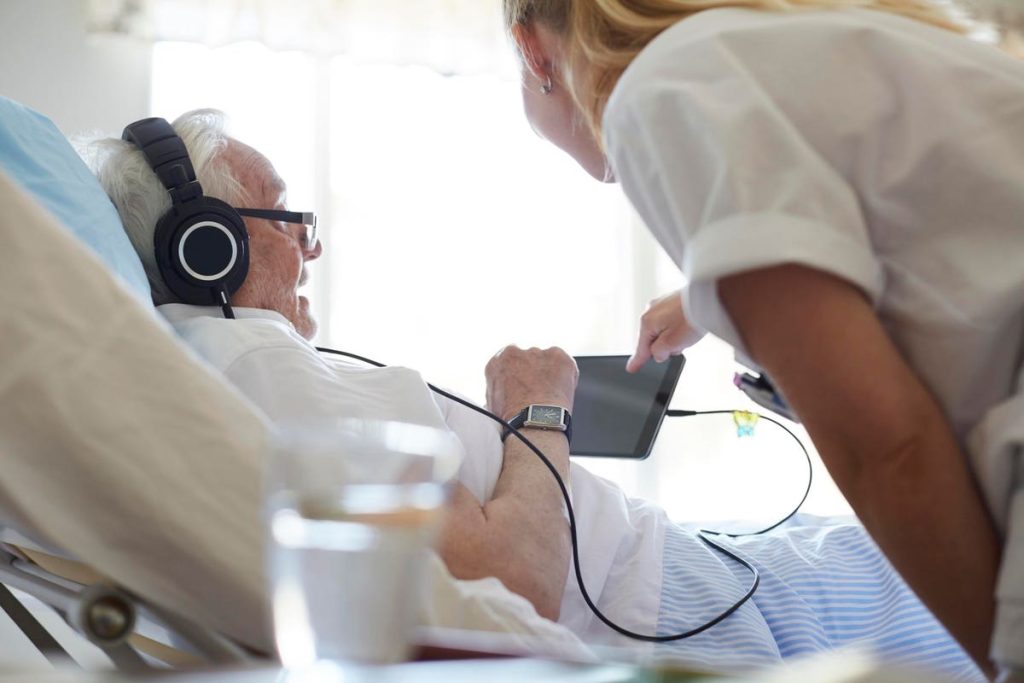Founder and CEO of ERG Enterprises. Nationally recognized thought leader on entrepreneurship, investing and leadership.
The U.S. is facing one of the greatest challenges of our time. It’s a crisis of healthcare and housing, and it affects many of us by virtue of our parents, grandparents and even ourselves. That crisis is the aging Baby Boomer population.
As I’ve written about extensively, 10,000 Baby Boomers are turning 65 every day for the rest of this decade. This is placing enormous strain on the supply of housing and healthcare, challenging senior living providers to step up. At the same time, this is creating unprecedented opportunities for tech entrepreneurs whose innovations can help solve the sector’s greatest predicaments.
This is why my firm has taken an ownership stake in senior-living communities across the country. If you’re a tech entrepreneur, here are three technological factors to consider when starting a business in senior living or adding it as a new vertical.
1. Technology can help solve the healthcare problem.
Senior living is facing the problem of too much demand for healthcare services. Consider that the average senior spends 30% of their social security income on care. And nearly four in 10 older Americans say they’re concerned they won’t be able to afford necessary healthcare in the upcoming year. For senior living providers, the challenge is keeping their senior residents healthy and out of the hospital.
Still, there’s hope. One of the most common and costly issues for Americans is chronic conditions. Unlike a broken leg, these problems don’t require surgical intervention or a trip to the doctor’s office to treat. Instead, they can be managed with simple adjustments to everyday behaviors—modifications that I believe can be more easily undertaken with the assistance of technology. This presents senior living operators with the solution to provide the necessary services seniors demand.
Using smart technologies, senior-living providers can improve how they monitor and track changes in behavior, activity, sleep and other social determinants of health. They can also use these resources to help residents take a more proactive role in optimizing their health.
As an example of this, digital health companies have developed glucose meters to help people with type 2 diabetes manage their condition more easily. These devices provide real-time health data, reminders and tracking, which can prevent hospitalization and other serious consequences. They can also help eliminate obstacles to adopting healthy behaviors, making it simpler for seniors to stay engaged in managing their diabetes and avoid expensive healthcare incidents.
This can not only help senior-living providers build healthier communities but attract and retain more seniors by appealing to health-conscious Baby Boomers and their adult children.
2. Technology can help solve the talent shortage problem.
While senior living is facing a demand problem, it’s also suffering from the supply end too. Currently, there is a significant shortage of qualified talent to provide the supportive services seniors need. And I don’t see this shortage showing any signs of easing.
Many factors are contributing to the shortage of talent, including turnover. In senior living, turnover for home health aides and personal care aides averages approximately 50%.
I think smart devices can replace many routine activities that require human intervention—enabling senior living workers to scale their time, talent and capacity. Smart thermostats, for example, eliminate the need for senior living workers to adjust and monitor the room temperature. Multiply this across numerous tasks, and you end up with significant time savings that can be used for more meaningful and career-fulfilling responsibilities.
This represents a potential boon for tech entrepreneurs who can develop innovations that replace the human touch whenever and wherever appropriate.
3. Technology can help enhance the consumer experience.
From what I’ve witnessed, senior living needs to upgrade its focus on the consumer experience. Like other essential industries, this important consideration has taken a backseat to more fundamental services, including the health and safety of residents. Still, I believe the consumer experience should be front of mind for senior-living operators.
As I’ve written about previously, Baby Boomers are tech-savvy compared to previous generations. Nearly eight in 10 Baby Boomers use technology to stay connected with friends and family and access their medical information. Many are also accustomed to self-service and the conveniences provided by leading tech companies like Amazon, Google and Apple. These expectations have transcended retail and e-commerce, infiltrating every sector and sphere of life—especially senior living.
Senior living providers that can leverage technology to improve the consumer experience are best positioned to grow and succeed. This includes the technologies referenced in this article and many more designed to make housing and services more senior-friendly.
For providers, this serves as a mandate to adopt new innovations. For tech entrepreneurs, this opens the door to tailor their products to fit this new vertical.
The bottom line: Technology is a senior-living panacea.
While the senior living industry has made strides in technology adoption, the rate or degree of progress leaves considerable room for improvement. Tech spending among senior-living providers remains flat compared to pre-pandemic levels. Yet, I think that remains untenable as the demand for senior living continues to increase precipitously.
I believe that senior living providers need to fully embrace smart technology to not only keep up with the housing and healthcare demands of seniors but help them enhance their health and well-being.
For senior-living providers, this may represent a significant obstacle. Yet for both them and tech entrepreneurs, it stands as an undeniable opportunity to make a meaningful difference. As an entrepreneur, I find that a call to action worth pursuing.
Forbes Business Council is the foremost growth and networking organization for business owners and leaders. Do I qualify?
Read the full article here










